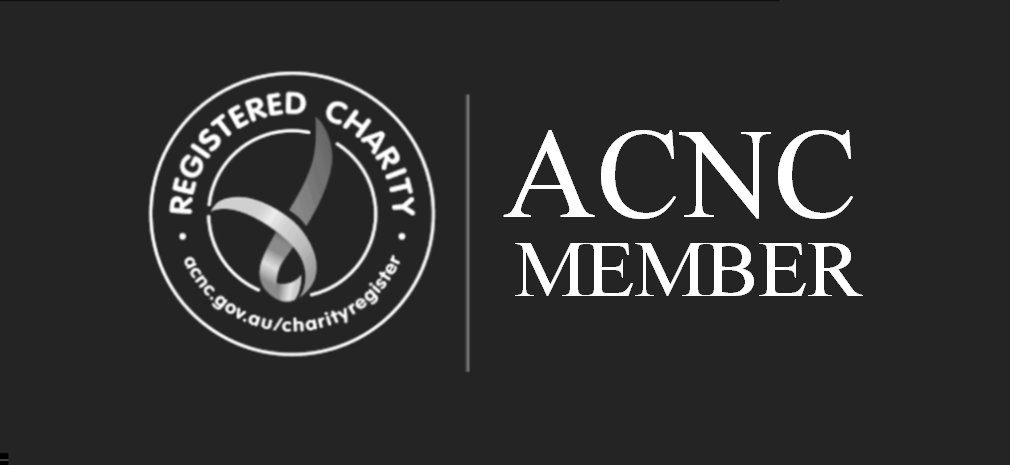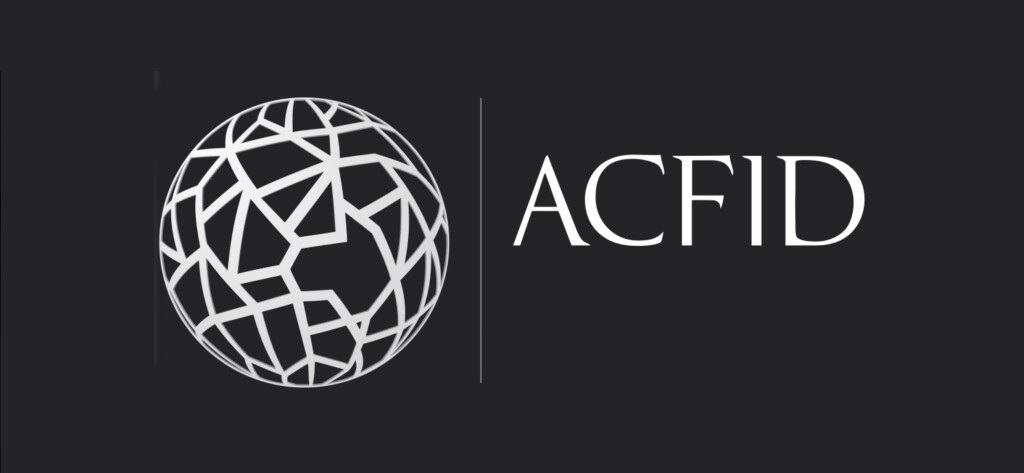.
DAISI has a photos, videos, imagery and articles policy designed to reduce harm or offence, being respectful and maintaining the dignity of those included in the use of such media. If you have any concerns about the inappropriate use of photos, videos, imagery or articles by DAISI, then please CONTACT US. DAISI’s policy on the use of photos, videos, imagery and articles is detailed below.
POLICY
- DAISI is committed to the use of photos, videos, imagery of any kind and articles used on social media or for marketing in an ethical manner that accurately depicts affected people and recipients of DAISI’s charitable work, in a manner that is respective of their dignity, values, history, religion, language and culture,
- Such photos, videos, imagery of a person or people should be authentic to the context and person/people.
- Should only be used where consent is given.
- Must be used in a culturally sensitive manner, respectful of local cultures, and situations where filming, taking of photos, or portraying imagery (particularly of those deceased, mutilated, or unconscious ) is culturally unacceptable.
- Must never portray people in a manner that is undignified, and this includes the portrayal of deceased people, or body parts (such as genitalia) that would not normally be publicly viewable.
- Where there is a suspicion that offence may be caused to somebody by the public display of imagery or an article, the stakeholder should be included in the decision making process on whether or not publication is acceptable.
- The taking of photos, films or imagery of any kind, should not impede in any way or compromise the safe functioning of primary development activity that is the primary purpose.
- The taking of photos, films or imagery should not be gratuitous or “in your face”, realising there are times and places where cameras are not allowed or appropriate.
- DAISI members should seek clarification from their partners/stakeholders in the country in which they are volunteering as to the appropriateness or otherwise of taking photos, videos, or other kinds of imagery, and be respectful of the opinions given.
- In situations where consent cannot be obtained (deceased, unconscious, underage, incompetent, or for whatever reason unable to communicate or give informed consent) the taking of photos, videos or imagery of any kind should be explicitly prohibited.
- Consent for the taking of photos, video and writing of articles for public display intended should be obtained with adequate comprehension by the stakeholder, and where language is an impediment, occur with accurate local translation and delivery.
- Adequate time and sufficient explanation with provision of necessary information of the intended use of photos, videos or articles should be given before any consent of use if requested.
- Use of photos, videos, or articles should be considerate of all stakeholders, which includes partners, beneficiaries, and other charitable organisations. Where offence is likely to occur to any of these stakeholders, and decision to omit used of a photo, video or article should be considered in interest of the common good.
- Where it is intended that photos, videos or imagery of any kind be depicted of a particular project, discussion amongst the team should occur, with clear objectives and guidelines on what is an what isn’t acceptable footage.
- Ideally a single person, rather than multiple people, should be primarily involved in taking of photos, videos, and imagery, with this person clearly identified, and not distracted by other duties. In this way, targeted discussion with this person by the team leader can ensure that boundaries are not crossed, and offence caused.
- The operating theatre, is an area where the potential for abuse of photo or video taking can be very great resulting in dire consequences. The unconscious patient cannot give consent, and there is a real risk of including naked or mutilated body parts (even if not intended) or causing serious distraction by the photographer or film-maker. For this reason DAISI advocates limited and restricted use of photo taking and video recording in the operating theatre. In the rare cases that it is felt necessary, it must be done, with clear terms of reference in writing and be decided upon prior to any taking of photos or video recording in the operating theatre. These terms of reference must be agreed by all stakeholders. Photos are only to be conducted with prior written consent from the patient, and must not include photos of children, or photos of private body parts (genitalia), or any photos depicting the unconscious patient.
This policy was first created 15th November 2015 and revised on 1st July 2020



